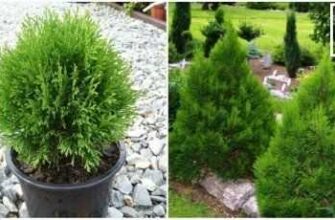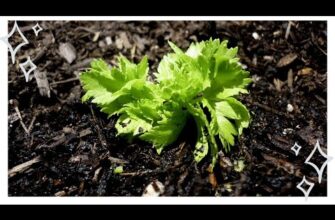- Подготовка почвы
- Выбор места для посадки
- Подготовка грунта
- Выбор грунта
- Подготовка грунта
- Глубина заделки семян
- Выбор семян
- Как выбрать семена гацании
- Как выбрать семена виолы
- Как выбрать семена бегонии
- Определение глубины заделки
- Глубина заделки семян гацании
- Глубина заделки семян виолы
- Глубина заделки семян бегонии
- Посадка и уход
- Правила посадки гацании
- Вопрос-ответ:
- Какая должна быть глубина заделки семян гацании?
- Какую глубину заделки семян гацании следует выбирать для получения самых крепких и здоровых растений?
- Что произойдет, если семена гацании будут заделаны на глубину больше 1,5 см?
- Какую глубину заделки семян виолы рекомендуется выбирать?
- Есть ли особенности заделки семян бегонии?
- Видео:
- ПОСЕЙТЕ ИХ СЕЙЧАС! Гацания, виола, львиный зев. Как выбрать емкость для посева
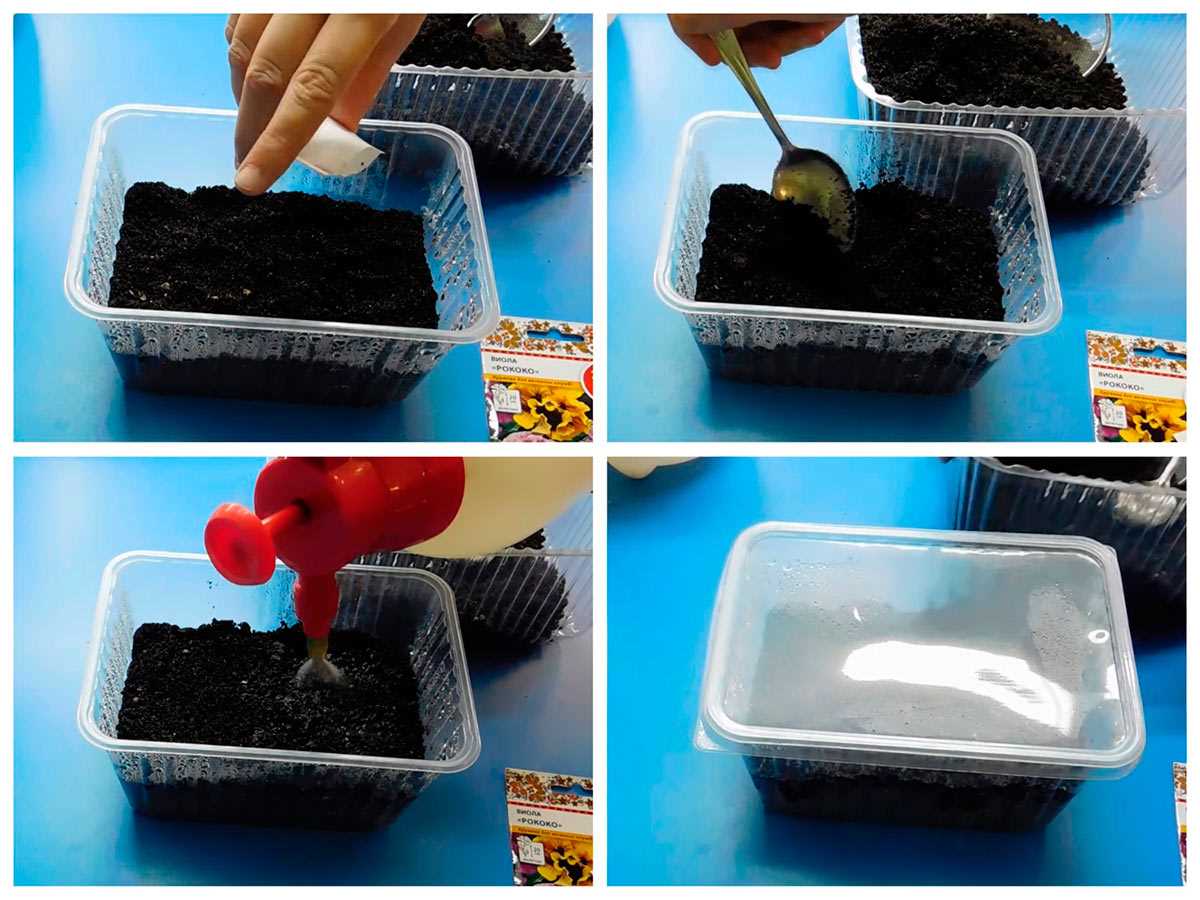
Заделка семян является важным этапом при выращивании гацании, виолы и бегонии. От правильной глубины заделки зависит успешность прорастания и дальнейшего развития растений. Каждый вид требует своих особенностей и правил, которые следует учитывать при посеве.
Гацания — это яркое, пестроцветущее растение, которое ценится садоводами за свою неприхотливость и длительное цветение. Семена гацании мелкие по размеру и требуют неглубокой заделки, примерно 1-2 см в грунт. Глубже заделка может препятствовать прорастанию семян, а неглубокая заделка может привести к их пересыханию. Рекомендуется соблюдать оптимальную температуру и влажность для более успешного прорастания семян гацании.
Виола — это популярное растение, известное своими красивыми и ароматными цветками. Семена виолы относятся к световым культурам и требуют света для прорастания. Они имеют средний размер и рекомендуется заделывать их на глубину около 0,5 см. Глубже заделка может вызвать проблемы с доступом семян к свету, что затруднит их прорастание. Обеспечьте растениям достаточное количество света для успешного развития.
Бегония — это элегантное и изысканное растение с разнообразными формами и окраской листьев. Семена бегонии имеют маленький размер и для их заделки рекомендуется только легкое накрытие грунтом, примерно 0,2-0,3 см. Семена бегонии требуют света для прорастания, поэтому глубокая заделка может препятствовать их прорастанию. Удерживайте почву влажной, но не переувлажняйте, чтобы обеспечить благоприятные условия для прорастания семян бегонии.
Подготовка почвы

Подготовка почвы играет важную роль в успешном выращивании бегоний, виол и гацаний из семян. Приготовление почвы начинается с выбора правильного места для посадки. Бегонии и гацанию лучше всего расти на солнечных участках с легкой и хорошо дренированной почвой, в то время как виолы предпочитают полутень и более плодородную почву.
Перед посадкой семян необходимо правильно заделать их в почву. Глубина заделки зависит от вида растения: семена бегоний следует заделывать на глубину около 0,5-1 см, а виолы и гацании — на глубину около 0,3-0,5 см. Не забывайте, что семена должны быть равномерно распределены по возделываемой площади.
Перед заделкой семян рекомендуется подготовить почву, хорошо ее разрыхлить и удалить сорную растительность. Для повышения плодородности почвы можно добавить компост или перегной. Если почва слишком глинистая, можно добавить песок для лучшей дренировки.
После заделки семян следует умеренно полить почву, чтобы семена хорошо проросли. При этом необходимо избегать излишнего застоя влаги, так как это может привести к гниению семян и плохому прорастанию.
Выбор места для посадки
При посеве гацании, виолы и бегонии необходимо выбрать правильное место для посадки семян. Глубина заделки семян зависит от условий почвы и климата.
Для гацании и виолы предпочтительно выбирать солнечные места с легкой, плодородной почвой. Глубина заделки семян гацании составляет около 0,5-1 см, а для виолы — примерно 0,3-0,5 см. Важно обеспечить достаточное количество света и тепла для их прорастания и роста.
Бегония предпочитает полутенистые места с влажной почвой. Глубина заделки семян бегонии составляет примерно 0,1-0,3 см. Нужно учесть, что бегония не переносит прямых солнечных лучей, поэтому важно выбрать место с достаточной тенью для ее роста.
При выборе места для посадки всех трех растений, необходимо учитывать их требования к почве и освещению, чтобы обеспечить им оптимальные условия для развития и красивого цветения.
Подготовка грунта
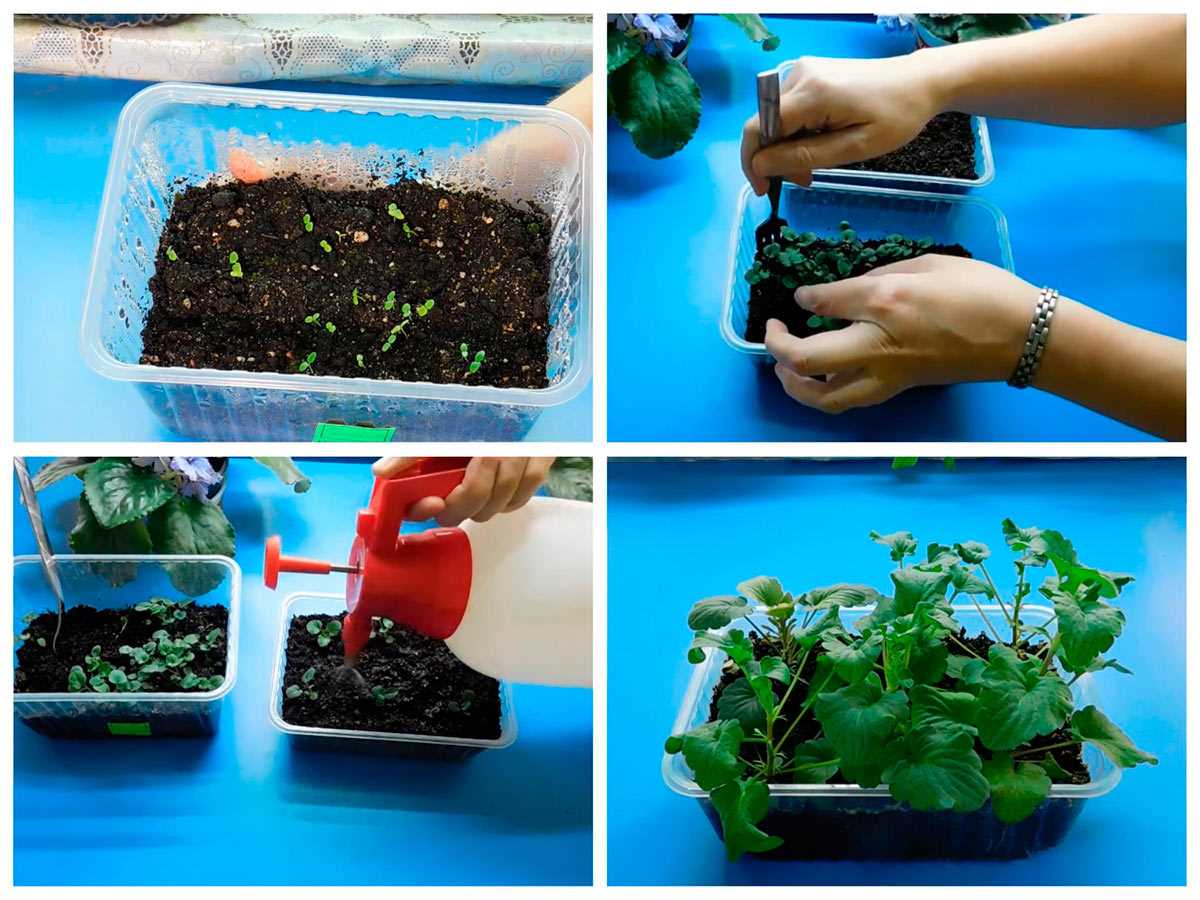
Правильная подготовка грунта перед посевом семян гацании, виолы и бегонии является важным этапом процесса разведения этих цветов. Для успешного роста и развития растений необходимо создать оптимальные условия в почве.
Выбор грунта

Для посева семян гацании, виолы и бегонии рекомендуется использовать плодородный грунт, который хорошо дренируется и имеет достаточное количество питательных веществ. Лучше всего подходит универсальная садовая земля или специальная почва для цветов. Это обеспечит хорошую воздухопроницаемость и водоудержание.
Подготовка грунта

Перед заделкой семян гацании, виолы и бегонии грунт следует хорошо прополоть от сорняков и перекопать. Для улучшения структуры и питательных свойств почвы можно добавить перегной или компост. Также рекомендуется вносить небольшое количество удобрений, содержащих азот, фосфор и калий, для обеспечения полноценного развития растений.
Глубина заделки семян
Корректная глубина заделки семян гацании, виолы и бегонии играет важную роль в их успешном прорастании. Обычно рекомендуется заделывать семена на глубину, равную в 2-3 раза их размеру. Но не стоит закапывать семена слишком глубоко, так как это может затруднить прорастание.
Важно помнить, что каждый вид цветов имеет свои особенности в требованиях к глубине заделки семян. Поэтому перед посевом рекомендуется ознакомиться с конкретными рекомендациями по каждому виду растений.
Выбор семян

Выбор семян для посева гацании, виолы и бегонии – это важный этап, который необходимо провести перед началом сезона посадки цветов. Качество семян напрямую влияет на рост и развитие растений, а также на их декоративность.
Виола: для посева виолы рекомендуется выбирать семена среднего размера, без видимых повреждений и с ярко-желтой окраской. Важно также обращать внимание на срок годности семян, чтобы они оставались жизнеспособными.
Бегония: семена бегонии обычно небольшие и темного цвета. При выборе семян следует обращать внимание на их целостность и отсутствие признаков поражения болезнями или вредителями. Также полезно ориентироваться на рейтинг производителя и отзывы покупателей.
Гацания: для гацании подходят семена среднего размера, матовые, без видимых повреждений или пятен. Важно выбирать семена от надежных производителей, чтобы быть уверенным в их качестве.
Важно также правильно хранить семена перед посевом. Они должны быть сохранены в сухом и прохладном месте, чтобы не терять свою жизнеспособность.
Как выбрать семена гацании
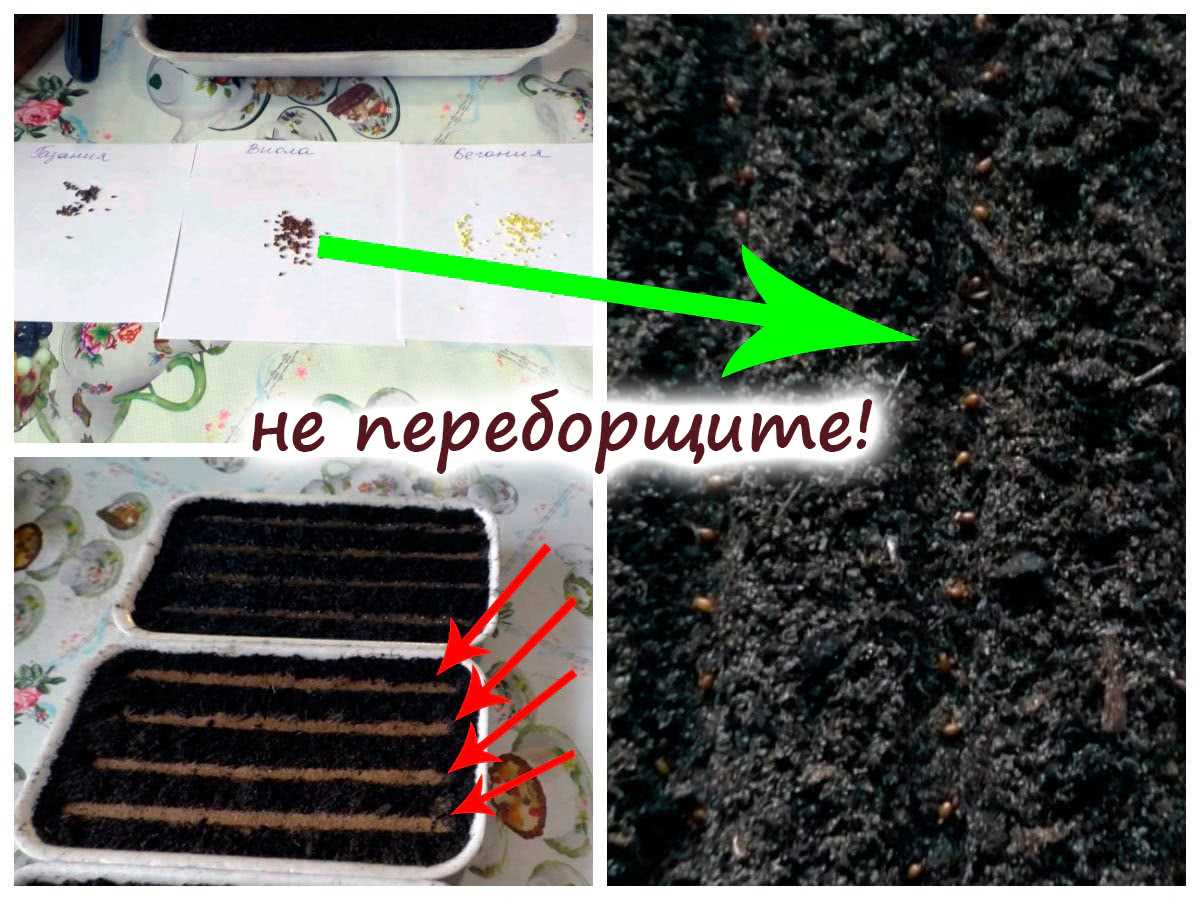
Гацания – это красивое растение с яркими цветами, которое может стать настоящим украшением вашего сада или городского балкона. Если вы решили посадить гацанию, правильный выбор семян является первым шагом к успешному посеву.
Перед покупкой семян гацании обратите внимание на их качество. Они должны быть свежими и не иметь признаков повреждений или гниения. Лучше всего выбирать семена у проверенных производителей, чтобы быть уверенными в их качестве.
Также обратите внимание на глубину заделки семян гацании. Обычно рекомендуется заделывать их на глубину в 2-3 см. Глубина заделки зависит от размера семян, поэтому важно следовать инструкциям на упаковке.
Помимо гацании, вы также можете посадить вместе с ней другие цветы, например, виолу или бегонию. Это создаст яркий и разнообразный цветочный ансамбль. При выборе семян других цветов также обращайте внимание на их качество и правильную глубину заделки.
Итак, выбирая семена гацании, обратите внимание на их качество и происхождение. Также не забудьте учесть правильную глубину заделки семян, чтобы получить красивое и здоровое растение.
Как выбрать семена виолы
Выбор качественных семян виолы – один из ключевых моментов для успешного посева и получения красивых цветов. При выборе семян рекомендуется обращать внимание на следующие аспекты:
- Производительность: предпочтение следует отдавать проверенным производителям, которые имеют хорошую репутацию.
- Срок годности: убедитесь, что семена виолы свежие и не истек срок годности, чтобы повысить вероятность успешного прорастания.
- Упаковка: предпочтение стоит отдавать семенам, которые упакованы в герметичные пакеты или контейнеры, чтобы сохранить их свежесть.
Посев семян виолы не требует большой глубины. Идеальная глубина заделки составляет около 0,5-1 см. Глубокое заделывание семян может затруднить прорастание, а поверхностное – способствовать их высыханию.
Посев семян виолы можно производить как в грунт, так и в контейнеры, например, в горшки или ящики. Важно обеспечить семенам постоянное увлажнение, но не заливать их избыточным количеством воды.
Как выбрать семена бегонии
Семена бегонии — это один из самых популярных видов семян, которые можно использовать для посева. Бегонии относятся к семейству гацаний и виолы, и их семена имеют свои особенности.
Выбирая семена бегонии, стоит обратить внимание на следующие моменты:
- Качество семян. Лучше всего покупать семена у проверенных производителей, чтобы быть уверенным в их качестве.
- Срок годности. При покупке семян бегонии важно учесть их срок годности. Семена, у которых истек срок годности, могут не прорастать или давать слабые ростки.
- Вид бегонии. На рынке существует множество различных видов бегоний. Выберите тот вид, который вам больше всего нравится и подходит для условий вашего сада.
Посев семян бегонии:
Так стоп!!! Вы всё ещё не подписаны на наши каналы в Телеграмм и Дзен? Посмотрите: ТГ - (@historyfantasydetectivechat) и Дзен (https://dzen.ru/myshortsstorys)
Для заделывания семян бегонии можно использовать следующую схему:
- Подготовьте грунт. Подготовьте почву для посева семян бегонии, добавив в нее питательные вещества и обеспечив хорошую дренажную систему.
- Посейте семена. Рассыпьте семена бегонии равномерно по почве и немного приподнимите их, чтобы они были покрыты тонким слоем земли.
- Увлажните почву. После посева семян бегонии увлажните почву, чтобы обеспечить оптимальные условия для прорастания.
Следуя этим рекомендациям, вы сможете успешно выбрать и посадить семена бегонии, чтобы получить красивые и здоровые растения.
Определение глубины заделки

Определение глубины заделки семян гацании, виолы и бегонии является важным этапом при выращивании этих цветов. Глубина заделки определяет, насколько глубоко следует размещать семена в почве для их успешного прорастания и роста.
Для семян гацании рекомендуется заделывать их на глубину около 1-2 см. Это позволяет семенам обеспечить надежную защиту от высыхания и поддерживает оптимальные условия для прорастания.
Семена виолы, в отличие от гацании, требуют более поверхностной заделки. Рекомендуется заделывать их на глубину около 0,5-1 см. Это способствует быстрому прорастанию семян и обеспечивает достаточное количество света для выращивания рассады.
Бегонии являются особенными растениями, когда речь идет о глубине заделки семян. Для большинства сортов глубина заделки составляет около 2 см. Однако, некоторые сорта бегоний требуют более глубокой заделки, до 3-4 см. При этом важно учитывать размер семян и их особенности.
Важно помнить, что глубина заделки может влиять на успешность прорастания и развития растений. Правильно определенная глубина заделки семян гацании, виолы и бегонии поможет обеспечить им оптимальные условия для роста и развития, а также предотвратить их повреждение и высыхание.
Глубина заделки семян гацании
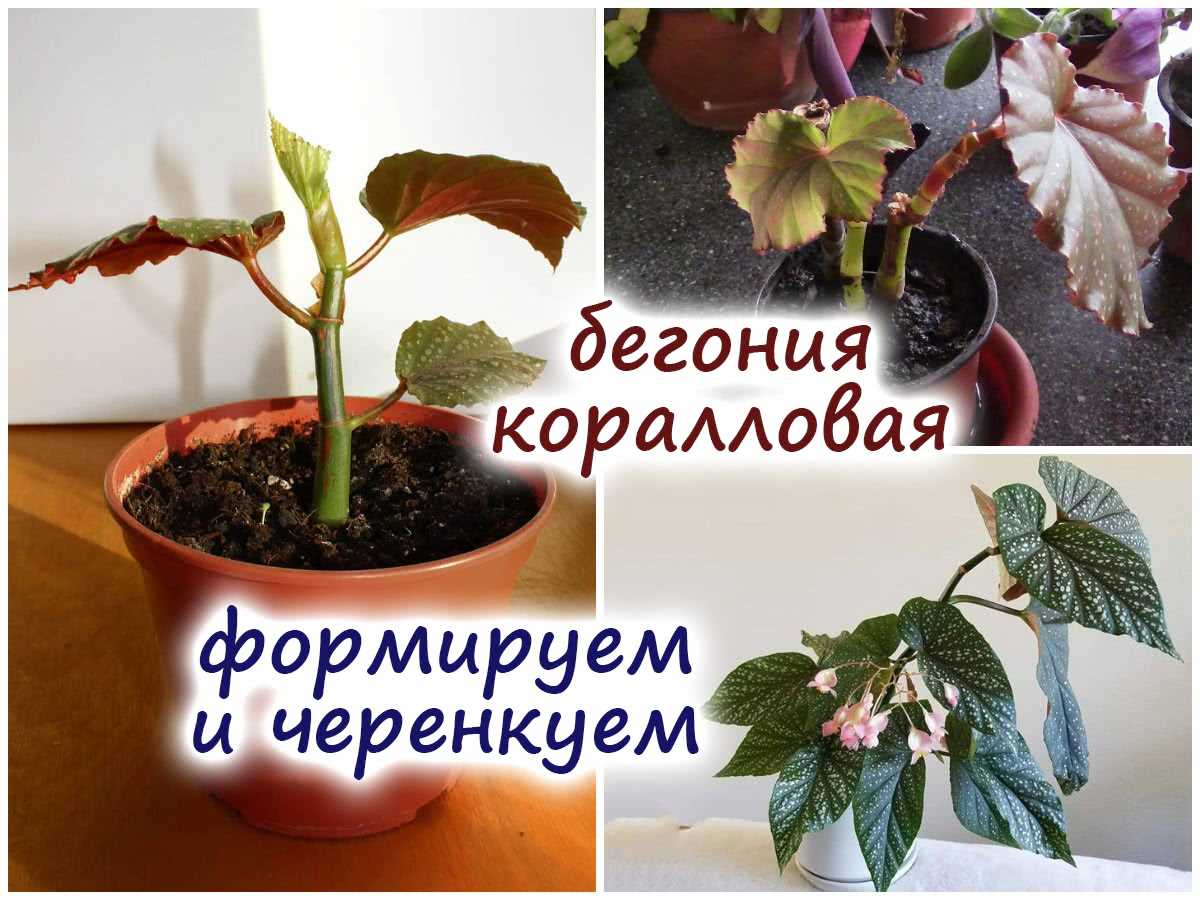
Гацания – это красивое и популярное растение с яркими и разнообразными цветами. Для получения здоровых и крепких растений необходим правильный посев семян. Одним из важных аспектов является глубина заделки семян гацании.
Семена гацании, как и у других растений, нужно сеять на определенную глубину. Обычно рекомендуется посев гацании на глубину 0,5-1 см. Глубина заделки семян гацании зависит от их размера. Большие семена следует заделывать глубже, мелкие – погружать поверхностно.
Глубина заделки семян гацании влияет на качество прорастания и развития растения. Если семена будут посеяны слишком глубоко, они могут не прорасти. Если семена будут посеяны слишком поверхностно, они могут не получить достаточного количества питательных веществ.
Правильная глубина заделки семян гацании обеспечит быстрое и равномерное прорастание, а также здоровый рост и развитие растений. При посеве гацании следует учитывать ее особенности и рекомендации производителя.
Глубина заделки семян виолы

Правильная глубина заделки семян виолы — один из важных моментов при выращивании этого растения. Семена виолы достаточно мелкие, поэтому их нужно заделывать не очень глубоко, чтобы они могли прорастать без проблем.
Чтобы достичь оптимальной глубины заделки семян виолы, рекомендуется раскопать небольшую ямку глубиной около 1 сантиметра. Затем семена следует аккуратно распределить по дну ямки с равными интервалами между ними. После этого ямку нужно накрыть слоем плодородной почвы толщиной около 0,5 сантиметра.
Важно помнить, что семена виолы необходимо заделывать очень аккуратно, чтобы не повредить их. Иногда рекомендуется использовать специальные инструменты, например, зубочистку или щепотку, чтобы более точно провести заделку.
Глубина заделки семян бегонии
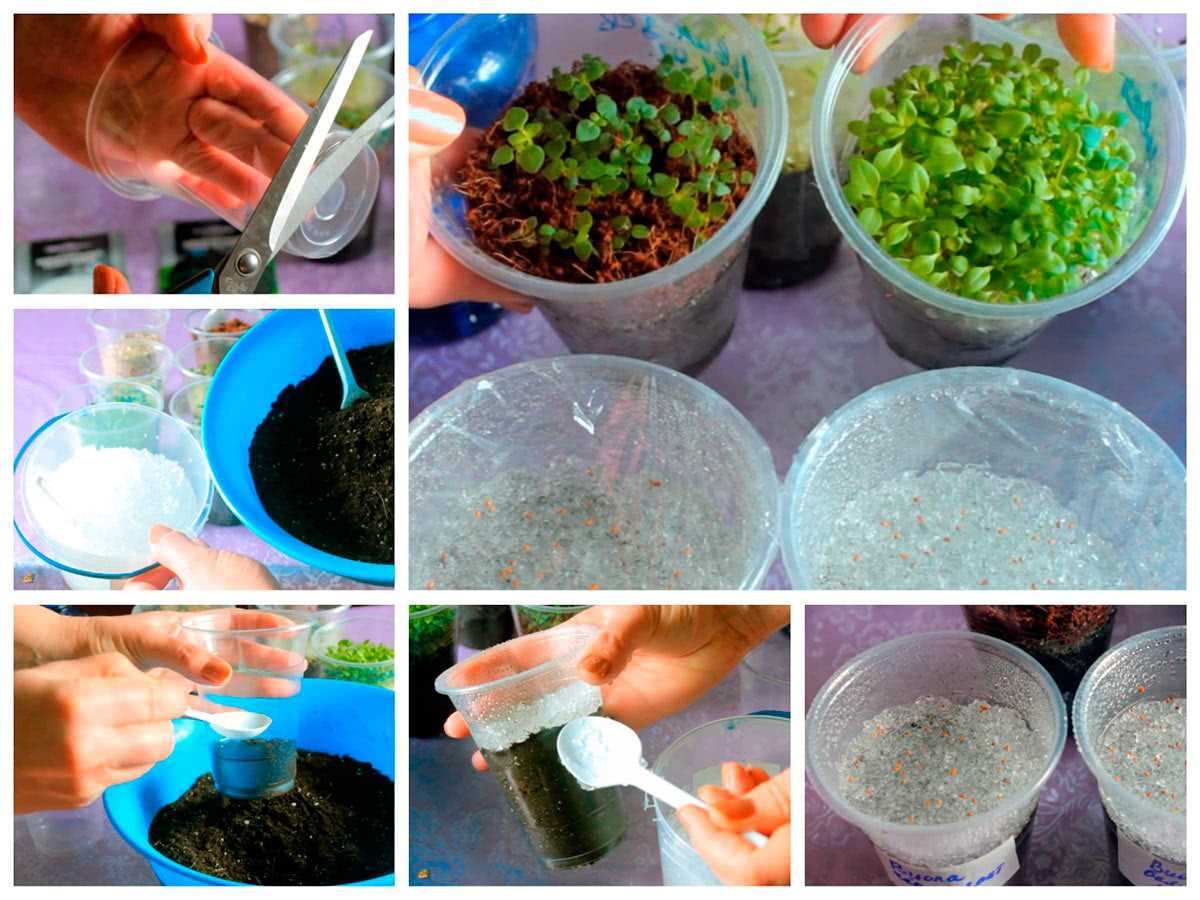
Заделывать семена бегонии необходимо на определенную глубину, чтобы обеспечить оптимальные условия для их прорастания и развития. Глубина заделки семян бегонии зависит от их размера и требований к условиям посева.
В среднем, семена бегонии заделывают на глубину примерно 1-2 см. Это позволяет семенам находиться в достаточно увлажненной среде и обеспечивает им доступ к кислороду, необходимому для прорастания.
Однако, перед заделкой семян бегонии рекомендуется ознакомиться с инструкцией на упаковке семян или проконсультироваться с продавцом. Некоторые сорта бегонии могут требовать более глубокой заделки семян или, наоборот, поверхностного посева.
Для удобства посева и контроля глубины заделки семян бегонии можно использовать специальные семенники или подложить строительную линейку, чтобы соблюсти необходимую глубину заделки.
Посадка и уход

Для посадки семян гацании необходимо выбрать подходящую глубину заделки. Оптимальная глубина составляет примерно 0,5-1 сантиметр. После заделывания семян рекомендуется увлажнить почву и установить контейнер с гацанией в яркое место, защищенное от прямых солнечных лучей.
Для бегонии также подходит глубина заделки семян в пределах 0,5-1 сантиметра. После посадки необходимо обеспечить постоянное увлажнение почвы. Для этого можно поливать растение мягкой водой или регулярно увлажнять почву пульверизатором.
Виола предпочитает более неглубокую заделку семян. Обычно достаточно заделать семена на глубину 0,3-0,5 сантиметра. После посадки необходимо регулярно поливать почву и следить за влажностью. Также важно обеспечить достаточное освещение для роста и развития растения.
Правила посадки гацании
Гацания — это красивое и яркое растение, которое можно выращивать из семян. Для успешного посева гацании важно знать правила глубины заделки семян.
1. Подготовьте почву: перед посевом гацании необходимо подготовить почву, чтобы она была рыхлой и плодородной. Разрыхляйте грунт и добавьте органическое удобрение.
2. Определите глубину заделки: перед посевом гацании, определите оптимальную глубину заделки семян. Обычно глубина заделки составляет 2-3 см, но это может варьироваться в зависимости от сорта гацании.
3. Расставьте семена: равномерно расставьте семена гацании по грядке или цветочному горшку. Оставьте достаточное расстояние между семенами, чтобы растения могли свободно развиваться.
4. Заделывайте семена: аккуратно заделайте семена гацании в почву, соблюдая определенную глубину. Не заделывайте семена слишком глубоко или слишком поверхностно.
5. Увлажните почву: после заделки семян, увлажните почву равномерно, используя легкое распыление воды. Поддерживайте почву влажной до появления всходов гацании.
6. Ухаживайте за растениями: после появления всходов гацании, обеспечьте растениям необходимые условия для роста и развития. Подкармливайте растения удобрениями и поддерживайте влажность почвы.
Следуя этим правилам, вы сможете успешно посадить гацанию и насладиться ее красотой и яркими цветами. Помните, что каждый сорт гацании может иметь свои особенности посадки, поэтому руководствуйтесь инструкцией на упаковке семян или обратитесь за консультацией к специалисту.
Вопрос-ответ:
Какая должна быть глубина заделки семян гацании?
Глубина заделки семян гацании должна быть примерно 1 см.
Какую глубину заделки семян гацании следует выбирать для получения самых крепких и здоровых растений?
Для получения самых крепких и здоровых растений рекомендуется выбирать глубину заделки семян гацании около 1-1,5 см.
Что произойдет, если семена гацании будут заделаны на глубину больше 1,5 см?
Если семена гацании будут заделаны на глубину больше 1,5 см, то они могут не прорастать или прорастать с трудом, так как не смогут достичь поверхности почвы.
Какую глубину заделки семян виолы рекомендуется выбирать?
Рекомендуется выбирать глубину заделки семян виолы примерно 0,5-1 см.
Есть ли особенности заделки семян бегонии?
Да, есть. Семена бегонии очень мелкие, поэтому их заделывают очень неглубоко, всего лишь на 1-2 мм глубины.




